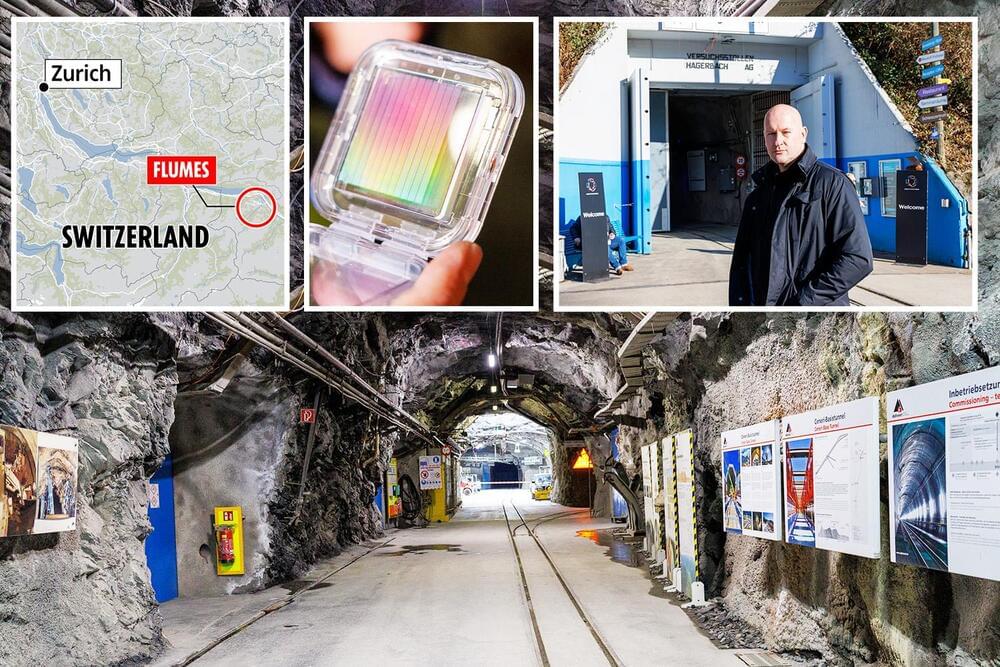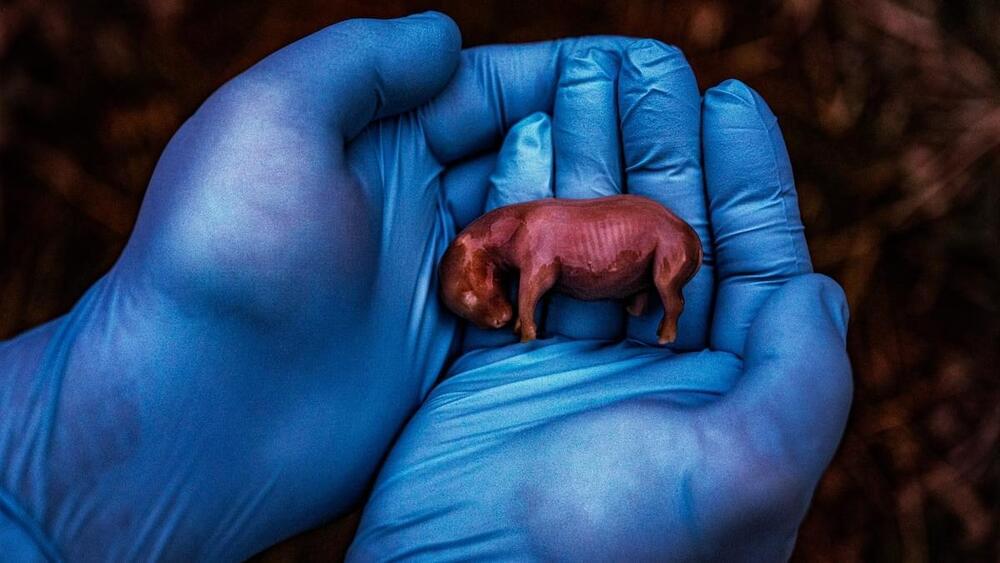Researchers measured the temperature of the Chicxulub crater 66 million years ago, unlocking mysteries of the dinosaur-dooming mass extinction event.


More deathism from Mr Tyson. Really I’m a big fan but I dislike this sort of thinking. I commented on the vid.
What if we could live forever? Neil deGrasse Tyson takes us through life and death: if we could live forever what would life really mean? We explore why fresh flowers have meaning and why dogs make every day count. Learn about the Cretaceous-Tertiary Event, The Permian-Triassic Extinction, The Holocene Epoc, and how Earth is one killing machine.
Get the NEW StarTalk book, ‘To Infinity and Beyond: A Journey of Cosmic Discovery’ on Amazon: https://amzn.to/3PL0NFn.
Support us on Patreon: / startalkradio.
FOLLOW or SUBSCRIBE to StarTalk:

If you can help please message me privately or email me [email protected].
Thank you.
A nonprofit designed to preserve human heritage forever, in space and on earth. Join the Arch Mission.

Some recent progress on our backup of civilization project …
A SECRET project to back-up planet Earth in the event of apocalypse is underway in a James Bond-style villain bunker in the Swiss Alps.
As a hotbed of conflict explodes around the globe with fears of all-out World War Three mounting, a US firm has installed a British-designed “superman” memory disk containing a compendium of human history.
Located deep inside a mountain vault near Flums, Switzerland, the futuristic quartz disk — designed by boffins at Southampton University’s Optoelectronics Lab — holds 60 million microscopic pages of human knowledge.


Authored by James Rickards via DailyReckoning.com,
I’ve covered a wide variety of potential crises over the years.
These include natural disasters, pandemics, social unrest and financial collapse. That’s a daunting list.

Life in the universe: everywhere or nowhere?
Posted on Big Think, direct link at https://www.searchforlifeintheuniverse.com/post/a-new-take-o…he-aliens?

Scientists have cleared a significant hurdle in the years-long effort to save Africa’s northern white rhinoceros from extinction with the first-ever rhino pregnancy using in vitro fertilization.
A new medical breakthrough with embryo transfer offers hope for Africa’s northern white rhinos—there are only two left.
The study, authored by five MIT researchers and titled Beyond AI Exposure, delves deep into the practicalities of replacing human labor with AI in the US, focusing on tasks that lend themselves to computer vision, such as those performed by teachers, property appraisers, and bakers.
Like many of us, you might find yourself nodding to a familiar digital doomsday chorus that vibrates through offices and coffee shops alike: AI will take my job!
Is this looming threat substantiated, or simply a manifestation of our shared anxiety in the wake of constant technological advancement? A new study from MIT CSAIL, MIT Sloan, The Productivity Institute, and IBM’s Institute for Business Value is set to challenge our long-held beliefs.
Their research critically examines the economic practicality of using AI for automating tasks in the workplace, with a specific emphasis on computer vision.
